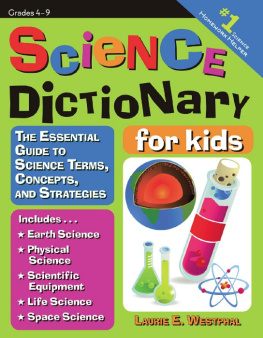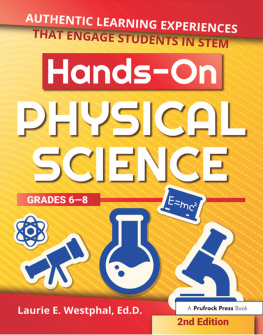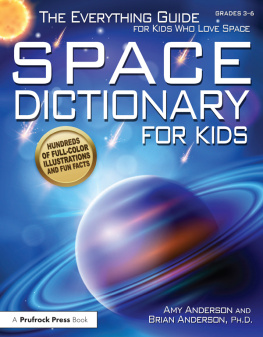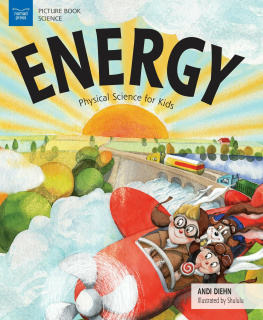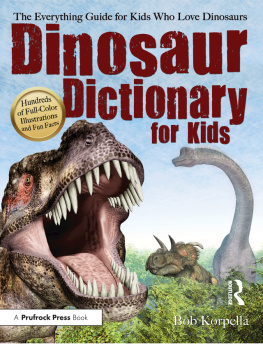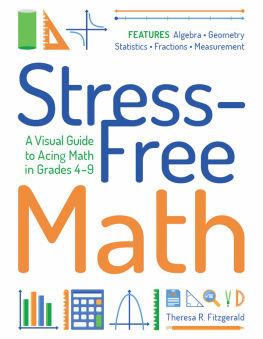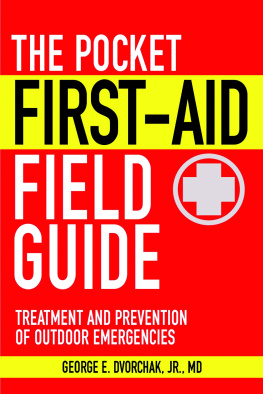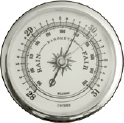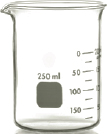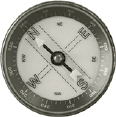Laurie E. Westphal - Science Dictionary for Kids
Here you can read online Laurie E. Westphal - Science Dictionary for Kids full text of the book (entire story) in english for free. Download pdf and epub, get meaning, cover and reviews about this ebook. year: 2010, publisher: Prufrock Press, genre: Children. Description of the work, (preface) as well as reviews are available. Best literature library LitArk.com created for fans of good reading and offers a wide selection of genres:
Romance novel
Science fiction
Adventure
Detective
Science
History
Home and family
Prose
Art
Politics
Computer
Non-fiction
Religion
Business
Children
Humor
Choose a favorite category and find really read worthwhile books. Enjoy immersion in the world of imagination, feel the emotions of the characters or learn something new for yourself, make an fascinating discovery.
- Book:Science Dictionary for Kids
- Author:
- Publisher:Prufrock Press
- Genre:
- Year:2010
- Rating:5 / 5
- Favourites:Add to favourites
- Your mark:
Science Dictionary for Kids: summary, description and annotation
We offer to read an annotation, description, summary or preface (depends on what the author of the book "Science Dictionary for Kids" wrote himself). If you haven't found the necessary information about the book — write in the comments, we will try to find it.
Packed with more than 350 illustrated science definitions that every child must know...this is the ultimate science homework helper! Science Dictionary for Kids provides hundreds of science terms with kid-friendly definitions and illustrations, perfect for any teacher of science or parent helping a child with science homework. From the basic science equipment, to the physical sciences, to Earth science, kids can flip to one of eight science categories to find the definitions they need. The perfect reference for kids and their parents and teachers, the easy-to-follow definitions in this guide will help with any science assignment, project, or experiment. Most definitions include an illustrated version to increase comprehension. Science Dictionary for Kids also includes a handy reference guide section, complete with commonly used formulas, measurement conversions, charts detailing household chemicals and acids and bases, instructions for using science equipment safely, tips on following the scientific process, and information on graphing results and data. This book needs to be on every childs desk! The perfect companion to Prufrock Press bestselling Math Dictionary for Kids Comprehensive, easy-to-use reference guide to science terms for students (grades 49) Quick access to essential information and answers Kid-friendly graphics and illustrations to help define each term or scientific process Includes both standard and metric units of measurement for U.S. and Canadian markets Prufrock Press offers award-winning products focused on gifted, advanced, and special needs learners. For more than 20 years, Prufrock has supported parents and teachers with a wide range of resources based on sound research. The average day of a parent or teacher of a gifted or special needs learner is filled with a thousand celebrations and challenges. Prufrocks goal is to provide practical solutions to those challengesto provide readers with timesaving, research-based tools that allow them to spend less time on the challenges and more time on the celebrations. Prufrock Press line of products features: Resources on parenting the special needs learner Sage advice on teaching in the inclusive classroom Advanced learning tools for gifted children and inquisitive learners Cutting-edge information on innovative teaching approaches Resources for college planning for gifted and special needs learners Prufrock Press is committed to resources based on sound research. It has a senior advisory group composed of the top scholars in the field of education and psychology. All of the companys editors have graduate degrees in education or childrens literature, and they all have classroom experience. In essence, when a reader holds a book by Prufrock Press, he or she knows that the information found in that book will be research-based and reflect agreed upon best practices in the field of education and child psychology.
Laurie E. Westphal: author's other books
Who wrote Science Dictionary for Kids? Find out the surname, the name of the author of the book and a list of all author's works by series.

